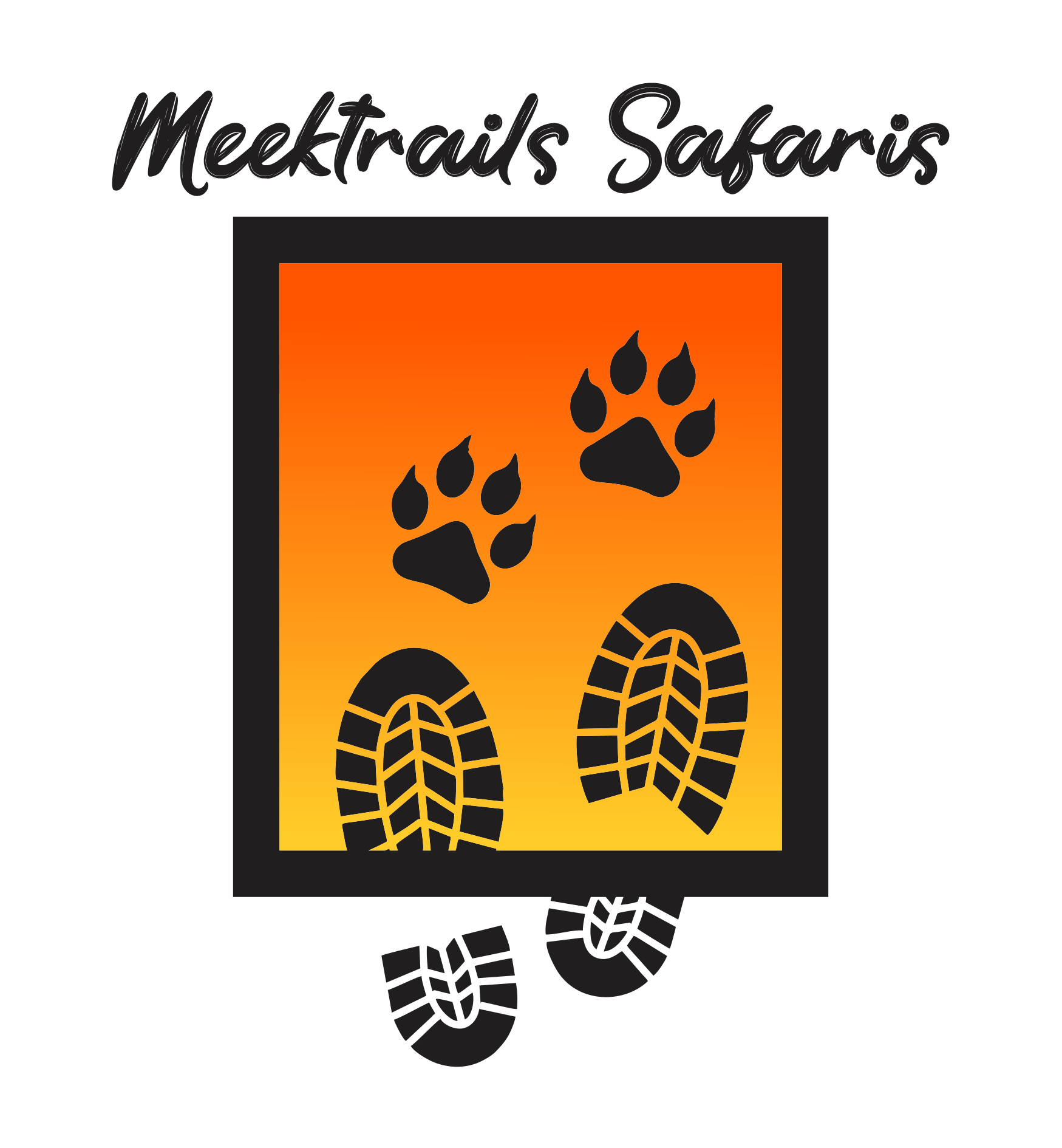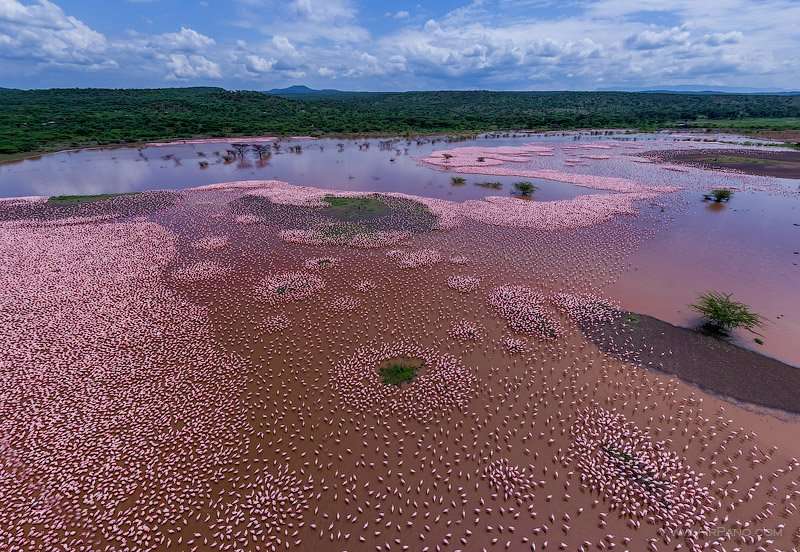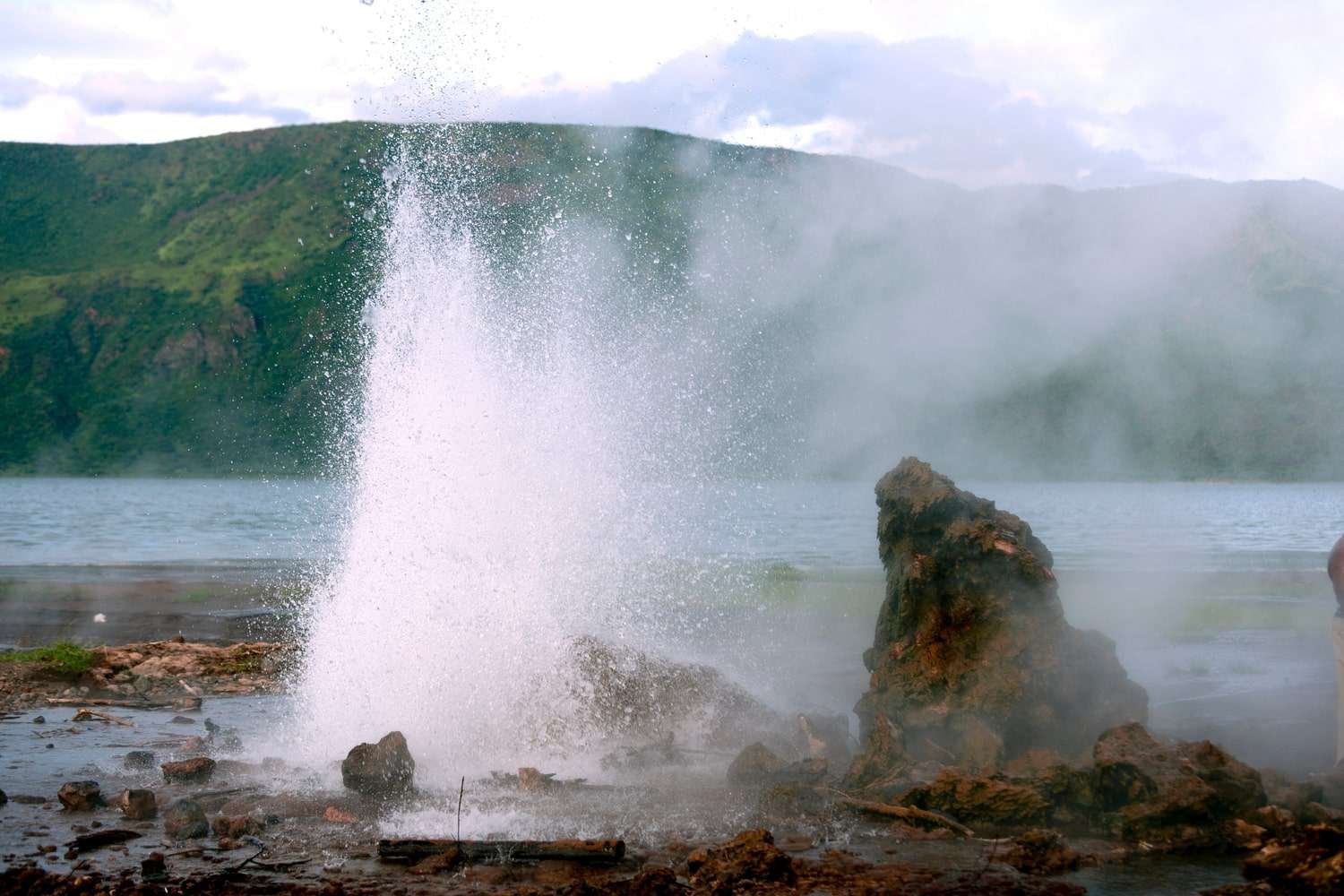Call us, Today +(254) 721 2120 05
Description
LAKE BOGORIA
Embarking on a journey through the magnificent Great Rift Valley, nestled between the arid expanse of Northern Nakuru and the tranquil waters of Lake Baringo, an ecological gem emerges. This is Lake Bogoria, a geothermal marvel stretching across 30 square kilometers, with depths reaching a modest 9 meters. Encased by the imposing Siracho Escarpment and the northeast fringes of the Aberdare ranges, the lake’s narrow, elongated form is a testament to the tectonic forces at play, cradled within a Rift escarpment that whispers ancient geological tales.
To the west, the landscape erupts with geothermal activity, where fumaroles and geysers unleash scalding jets into the skies, creating a mystical veil of steam—a dance of water and air, evoking the planet’s primordial forces. This hydrothermal spectacle, powered by the earth’s fervent core beneath the African Rift Valley, marks Lake Bogoria as a land where fire meets water in spectacular fashion.
On the opposing shore, the water, high in alkalinity and infused with the pink hues of saline-loving algae, serves as a canvas for one of nature’s most flamboyant avian displays. The lesser flamingo, drawn to the soda lake’s red algae abundance, forges thousands of mud nests upon the shallow basin—a testament to life’s tenacity. Unlike the iconic Lake Nakuru, renowned for its flamingo populations, Lake Bogoria offers a sanctuary for these ethereal birds to breed and flourish, setting a scene that rivets birdwatchers and conservationists alike.
In the year 2000, international acknowledgement of its ecological worth arrived when this unique ecosystem was designated a Ramsar site, affirming its status as a wetland of global importance, and enveloping it within the protective aura of a National Reserve. The Baringo County itself bears witness to conservation efforts that celebrate both biodiversity and geology.
Contrasting the avian spectacle, the reserve’s terrestrial tapestry is woven with threads of African wildlife. Roaming the acacia-dappled terrain, one might encounter the elusive caracal, elegant greater kudus, the stealthy leopard, or nimble klipspringers—each species an integral strand in the region’s complex ecological web.
For those drawn to the call of exploration, the geothermal heart and its surrounding Rift Valley savannah may be traversed by foot or cycled through, with the reserve embracing ecotourists with open arms. Emsos and Loboi gates stand as sentinels to this conservation area, inviting adventurers into a landscape where human presence bows to the majesty of nature.
Venturing northward, the Kesubo Swamp emerges as an avian paradise, setting the stage for ornithological feats and holding the Kenyan record for the most bird species spotted in a single hour—an astounding 96 species. This wetland, woven into the fabric of the reserve, has become a biodiverse hotspot, a haven where birdwatchers convene in shared reverence for feathered diversity.
Accommodations within this protected area offer respite and vantage points alike, with locales such as the Fig Tree Camp, Papyrus Inn, and the Lake Bogoria Hotel extending warm hospitality amidst the wild echoes of African splendor. These serene lodgings offer a restful counterpoint to the day’s adventures, ensuring that each moment at Lake Bogoria is swathed in unspoiled beauty and a profound celebration of nature’s intricate designs.



























